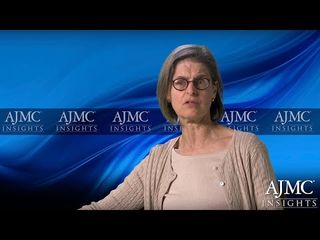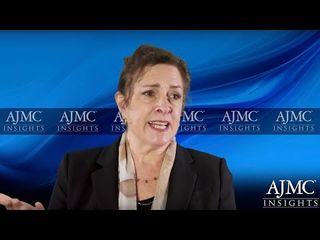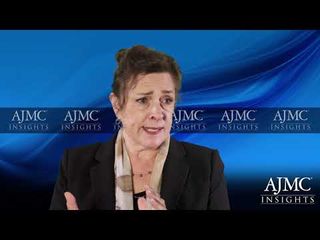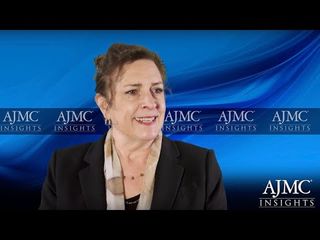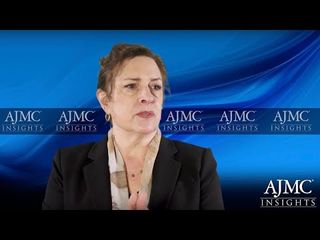
Inflammation
Latest News

Latest Videos

CME Content
More News

Despite intranasal corticosteroid (INCs) being a treatment mainstay for chronic rhinosinusitis with nasal polyps, there are ongoing high rates of nonadherence, which can affect treatment efficacy, according to this study’s authors.

A study of adult patients with eosinophilic esophagitis in remission showed that those who were followed more closely in the maintenance phase of treatment had fewer strictures and had their disease activity found earlier.

European patients with eosinophilic esophagitis (EoE) had an improved diagnosis process and a faster diagnosis as new clinical practice guidelines were published over time, according to the results of a recent study.
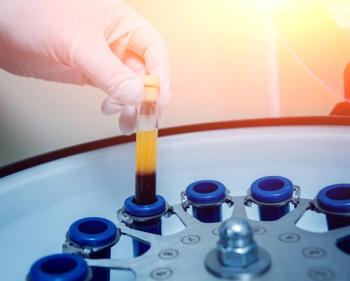
This study investigated the potential for postoperative recurrence of chronic rhinosinusitis with nasal polyps (CRSwNP) as measured against B7-H4 expression.

Cow's milk is the most common food trigger for eosinophilic esophagitis (EoE), a chronic inflammatory disease caused by type 2 inflammation.

This new study evaluated outcomes following add-on dupilumab to treat severe uncontrolled chronic rhinosinusitis with nasal polyps (CRSwNP).
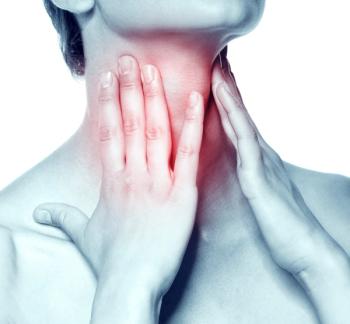
The increase in esophageal food impaction can be traced to an increasing incidence and prevalence of eosinophilic esophagitis (EoE), researchers said.
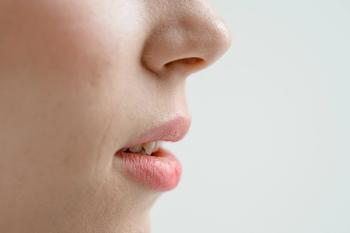
There was also an association between outpatient visit burden and comorbidities and the number of inflammatory upper airway diseases.

Diagnostic accuracy for eosinophilic esophagitis (EoE) was higher when white light images were used with linked color imaging rather than alone, suggesting that linked color imaging may be used to reduce diagnostic disparities among endoscopists.
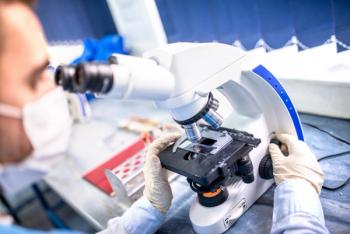
Nonspecific clinical symptoms can make identifying eosinophilic gastritis difficult, but detailed examination, biopsy, and testing can rule out other possible causes of eosinophilic infiltration of the gastric mucosa.

This new study investigated the ability of a multiparametric model to calculate risk of eosinophilic chronic rhinosinusitis with nasal polyps (ECRSwNP) by comparing its clinical characteristics with noneosinophilic CRSwNP.

A late-stage trial of dupilumab in young children showed the biologic induced remission in eosinophilic esophagitis (EoE).

Conflicting prior study results on the effectiveness of calprotectin expression as a protective or pathologic response among persons with chronic rhinosinusitis with nasal polyps (CRSwNP) spurred this new investigation.

Although approved for use among patients with severe or refractory asthma, few studies have investigated its effectiveness among patients with comorbid mild to moderate asthma and chronic rhinosinusitis with nasal polyps (CRSwNP).

Endoscopic sinus surgery was associated with improvement in self-reported olfactory function among patients with chronic rhinosinusitis with nasal polyps (CRSwNP), in which a longer CRSwNP disease course and higher blood eosinophilia were cited as risk factors linked with poor sense of smell recovery.
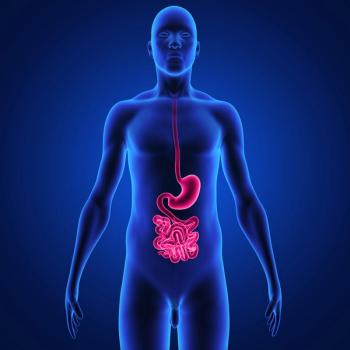
A small study of children with eosinophilic esophagitis found that certain patients might benefit from gastric emptying nuclear medicine studies.

Research presented at the European Academy of Allergy and Clinical Immunology Annual Congress show the safety and efficacy of dupilumab across several progressive diseases with underlying type 2 inflammation, including eosinophilic esophagitis (EoE), severe asthma, and severe chronic rhinosinusitis with nasal polyps.
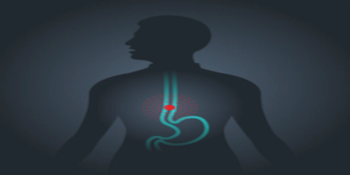
The data suggest the noninvasive procedure was successful in guiding food reintroduction, but missed some food triggers in certain patients.

The adequate safety and improved symptom burden observed with self-administration of biologic therapies at home for the management of severe asthma and chronic rhinosinusitis with nasal polyps suggests potential in shifting care away from the more costlier in-patient setting.

Incidence of chronic rhinosinusitis (CRS) was associated with a higher rate of current and past proton pump inhibitor (PPI) use, in which elevated risk of PPI use and prescription duration were only found in those with CRS who did not have nasal polyps.

Patients with chronic rhinosinusitis with nasal polyps (CRSwNP) who are surgery-naive or whose symptoms recur after endoscopic sinus surgery exhibited similarly significant benefits in quality of life (QOL) and symptom burden when given an exhalation system with fluticasone.

Dupilumab-induced increases in mean eosinophil counts were shown to wane over time in patients with asthma, chronic rhinosinusitis with nasal polyps (CRSwNP), and atopic dermatitis (AD), with incidence of eosinophilia not shown to reduce efficacy of the biologic.

Asthma history and olfactory, rhinorrhea, and nasal polyp endoscopy scores were identified as independent predictors of eosinophilic disease in Chinese patients with chronic rhinosinusitis with nasal polyps.

Patients with comorbid chronic rhinosinusitis (CRS) with nasal polyps and asthma reported significant reductions in endoscopic sinus score and severity, as well as decreased dosage of oral steroids and antibiotics after long-term use of budesonide nasal irrigation.

A recent review points to a host of potentially disease-modifying agents currently in clinical trials.







